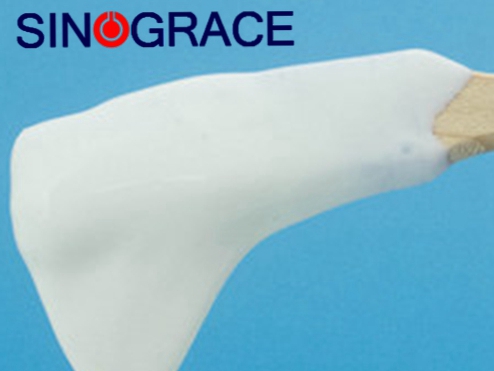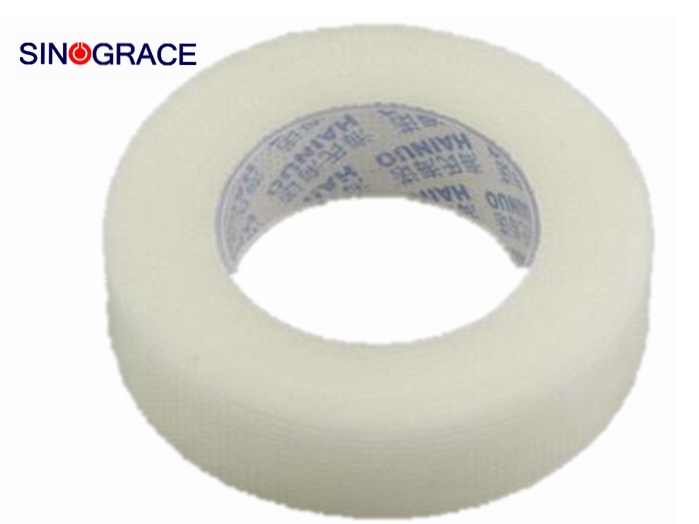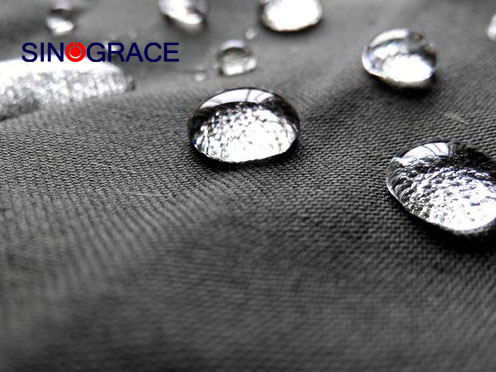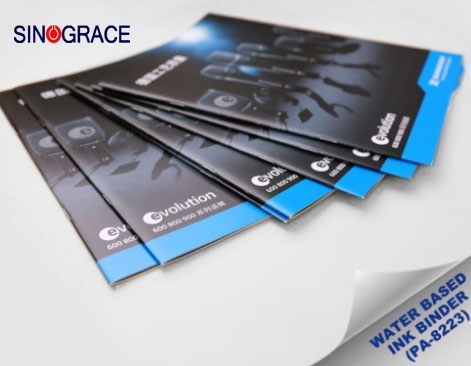The difference between acrylic pressure sensitive adhesive and EVA hot melt adhesive?
Acrylic pressure sensitive adhesive is a large range, PUR is one of them, most of the acrylic pressure sensitive adhesive is heated operation, can be reheated after bonding, is reversible.And PUR is wet reaction acrylic pressure sensitive adhesive, heating operation, after bonding and moisture in the air reaction, after the reaction is irreversible (that is, heating will not melt). So PUR is more resistant to low and high temperatures. Acrylic pressure sensitive adhesive: Acrylic pressure sensitive adhesive - moisture curing reaction type polyurethane acrylic pressure sensitive adhesive, acrylic pressure sensitive adhesive spraying technology support. PUR(PolyurethaneReactive), in Chinese, it is called wet gas curing reactive polyurethane acrylic pressure sensitive adhesive. The secondary component is isocyanate - terminated polyurethane prepolymer.The bonding and toughness (elasticity) of PUR can be adjusted, and has excellent bonding strength, temperature resistance, chemical corrosion resistance and aging resistance. In recent years, it has become one of the important types of adhesive industry. Now it is widely used in packaging, wood processing, automobile, textile, electromechanical, aerospace and other national economic categories. PUR adhesive is a molecular structure containing polarity and chemical activity of ammonia ester group (-NHCOO-) or isocyanate ester group (-NCO), and contains vivid hydrogen data, such as wood, leather, fabric, paper, ceramics and other porous data and plastic, metal, glass, rubber and other bright appearance data have excellent adhesion. welcome you to consult, this is our email sales@sinogracechem.com
read more

 English
English français
français русский
русский español
español العربية
العربية








